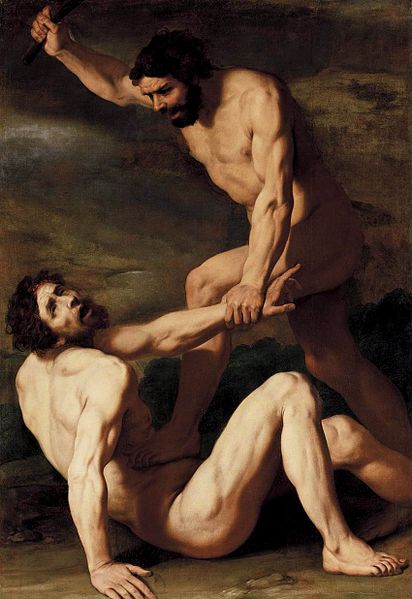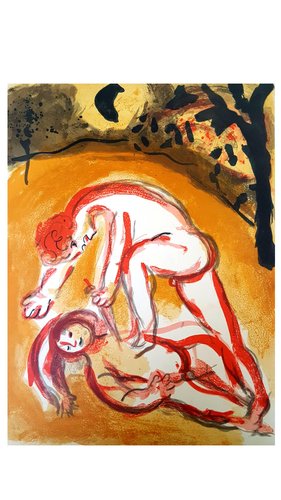


Now Cain had a choice here, he could either learn from Abel, so next time he could improve and sow a better seed or he could envy his brother. Now, that we’ve established a base, let’s look at how this story built up and what you and I can learn from Cain. It’s a pattern giving the reader hope for the Messiah. The biblical author, Moses gets the reader thinking, ‘I wonder what happens when someone doesn’t define good and evil for themselves?’ When humans decide to define good and evil for themselves rather than obey God’s definition of good and evil, it always inevitably leads to destruction. What’s the pattern the author is trying to convey here? Cain defines good and evil for himself and kills his brother which leads to his banishment. If thou doest well, shalt thou not be accepted? and if thou doest not well, sin lieth at the door. The second occurrence of this is with Cain, he’s told by God in Genesis 4:7: The humans saw the tree was good, desired the tree (temptation) and took it, this lead to their destruction. In the garden of Eden, God said 7 times that everything was good, except the tree of the knowledge of good & evil. Something to establish before I begin is the way the authors in the bible use biblical patterns. I decided to do my own analysis on the story with this new information that I had been given, which is essentially the idea that Cain is the first human to be born into sin, by killing his brother he killed his destiny and he’s the first of you and me. I was having a conversation with a friend on the 2nd of August and something that struck me was his perspective on the story of Cain and Abel.


 0 kommentar(er)
0 kommentar(er)
